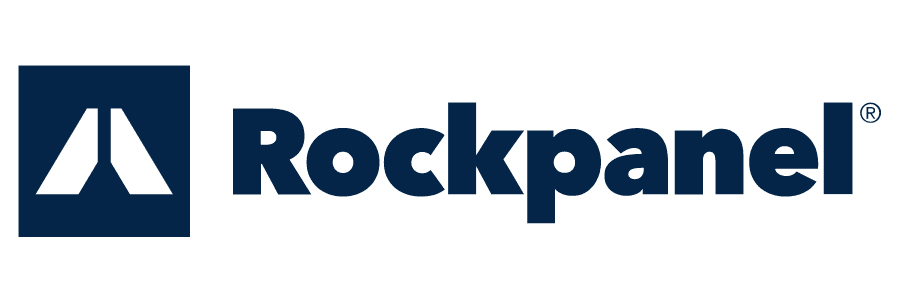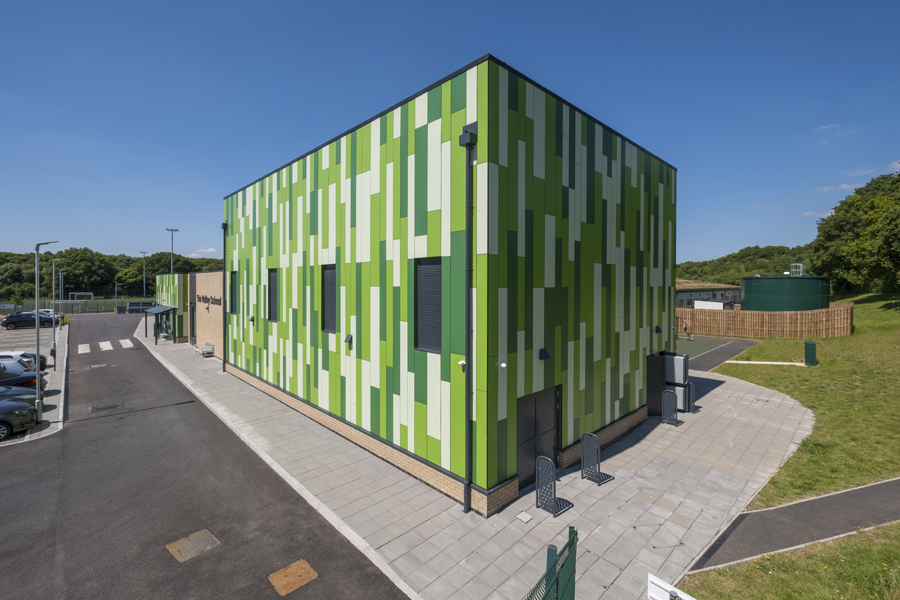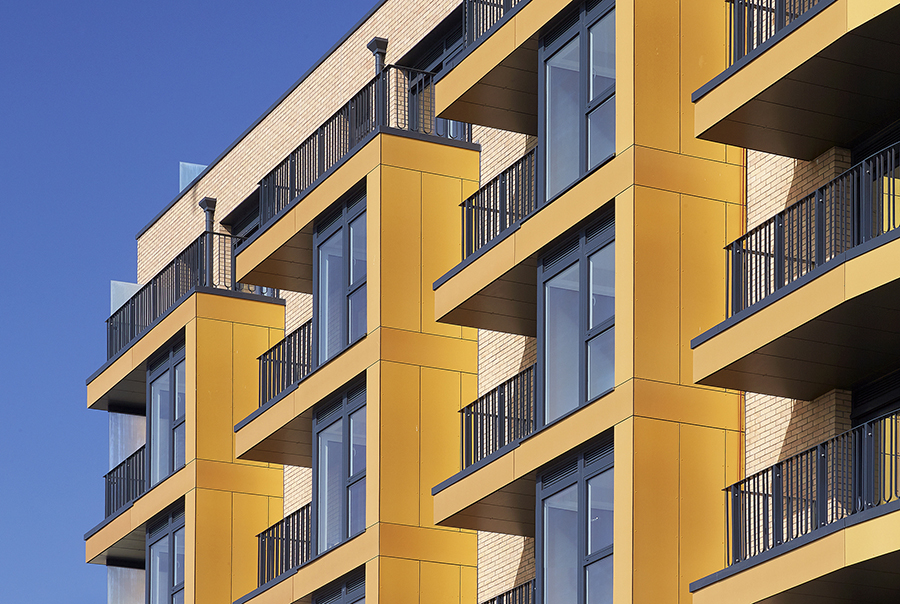In the first of a series of articles, Rockpanel® Country Manager for the UK, Mark Snowden, sheds light on the important aspects to consider when specifying ventilated external cladding to ensure the highest standards are met in terms of protecting occupants from the harms of fire. Rockpanel has created a comprehensive and invaluable guide to external cladding and fire safety, which is included in the June 2022 Issue of Specification Magazine.
2017 marked a defining moment in the public’s consciousness regarding the fire safety of materials and systems used in the external cladding on new and renovated high-rise structures. Also brought into stark focus were issues concerning compliance with and interpretation of fire and building regulations and how they impact on the materials originally specified for a project to what, in reality, was used.
Changes to fire regulations regarding residential and institutional buildings over 18metres meant all components in the external wall had to meet or exceed EN13501 Class A2-s1,d0. Indeed, in Scotland, recent changes in legislation have resulted in the strictest rules anywhere across the UK, where only non- combustible systems, using materials classified as A1 and A2-s1, d0, are permitted on high-rise domestic and select high-risk buildings
(including hospitals, care homes and entertainment complexes) over
11metres.

Ventilated facades
A ventilated facade is a construction with an air gap between the insulation and the cladding. This gap is open at the top and bottom of the facade and the cladding panels have small open joints between them. A ventilated facade can be viewed as a raincoat: it protects a building against the elements, while at the same time helping maintain a healthy indoor climate. This is why the building technique of ventilated facades is often referred to as rainscreen cladding.
This type of external cladding offers many advantages, both in new build and retrofit refurbishment projects. A ventilated facade is lighter and quicker to install than other options, leading to savings in construction costs. Individual panels can be demounted easily for maintenance and the whole facade can be replaced with the least inconvenience to the building’s inhabitants. In the case of Rockpanel facades can be fully recycled into new products with no loss of quality.
Once in place, a ventilated facade reduces the direct solar impact on the building, resulting in a healthier indoor climate. It also offers thermal insulation, which contributes to energy efficiency, and acts to reduce the impact of exterior noise on those within.
Ventilated cladding affords architects and specifiers opportunities to use colour and other surface
designs to create facades not achievable with other alternatives. In the
case of Rockpanel, more than 200 surface finishes are available, all of
which will stay looking great for many years while delivering superior
fire safety performance.
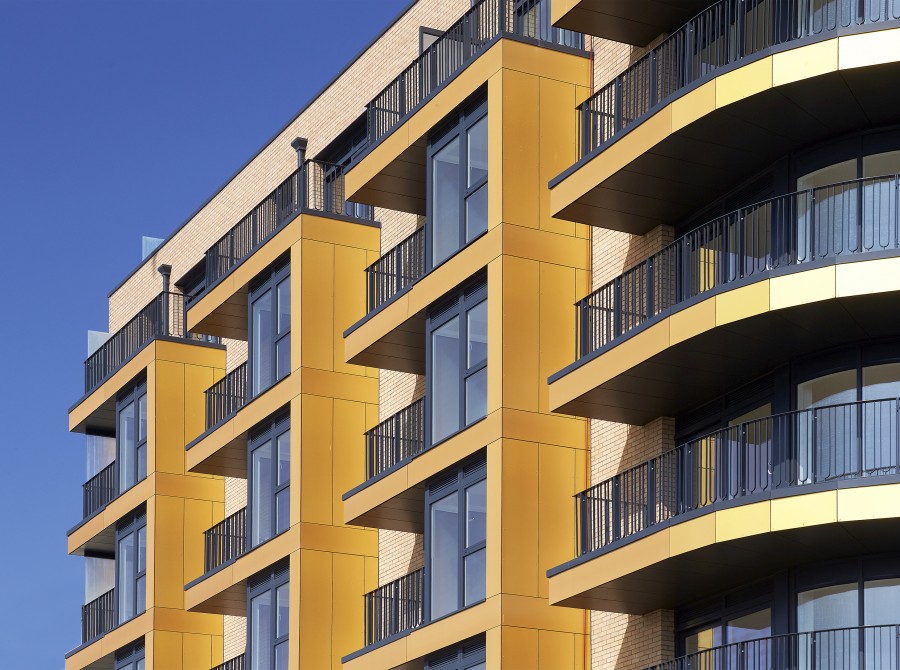
Rockpanel and the Euroclass system
Euroclass represents the most comprehensive and up-to-date standards system regarding reaction to fire. It compares ignitability, flame spread, heat release, smoke production and propensity for producing flaming droplets/particles etc. In the system, each classification means that for a product tested within a certain end-use situation, specific parameters are achieved.
For example, with relevance to the A2 rating of Rockpanel, in class A2 all of the tests for previous classification levels are completed, plus a test for the calorific content of the product. For instance, a classification of A2- s1,d0 means that a kit (a kit
represents the collective parts of a tested system) is tested and been
assessed as having a very limited calorific content (A2), a smoke
propagation which is low or non-existent (s1) and no spread of droplets
in the first ten minutes of the fire (d0).
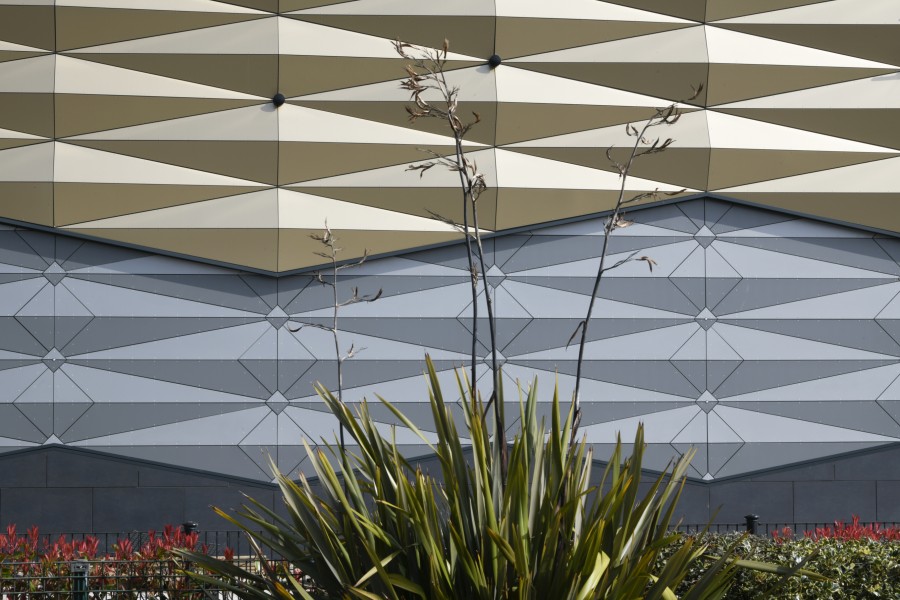
Considering the system as a whole
In order to be confident that a facade adheres to the highest fire safety performance, it is vital to view the characteristics of its construction as a whole – from panels and sub-frame, through to the insulation used and the design of cavity compartmentation, fire barriers, fixings and all other components.In terms of non-combustibility, Rockpanel shares a vital component of its make-up with its parent company ROCKWOOL, namely, each is made from a core of naturally occurring volcanic basalt rock ‘stone wool’. This material can withstand temperatures up to 1000°C, embodies minimal organic content and produces no significant toxic smoke.
ROCKWOOL fire-safe stone wool insulation achieves European fire class A1 and can be combined with Rockpanel cladding fixed to an aluminium or steel substructure with blind rivets to fulfil the most rigid fire safety requirements, creating the ultimate fire- safe solution for the building envelope and ensuring the protection and safety of the building’s users.
For more information, guidance and inspiration visit rockpanel.co.uk









